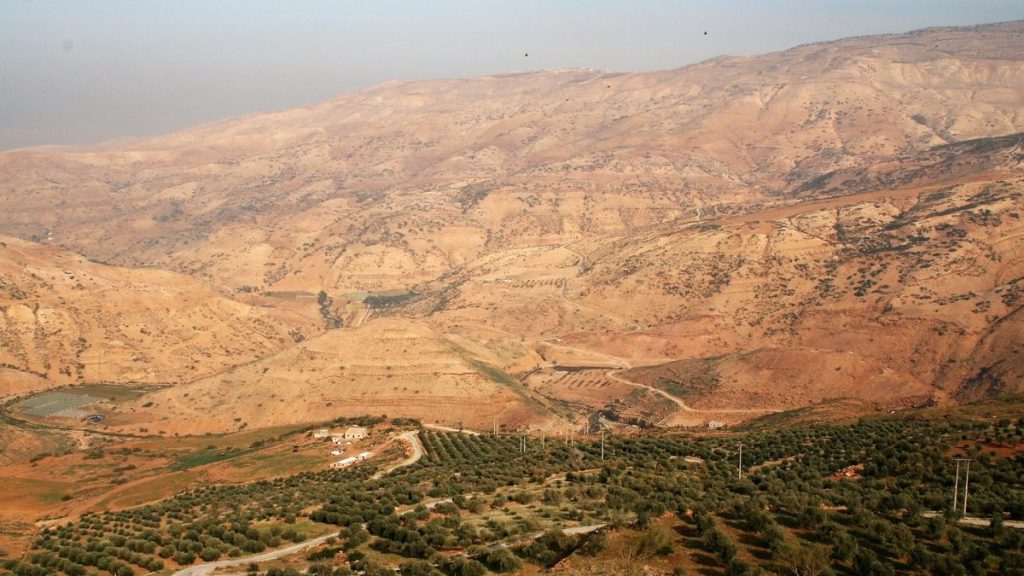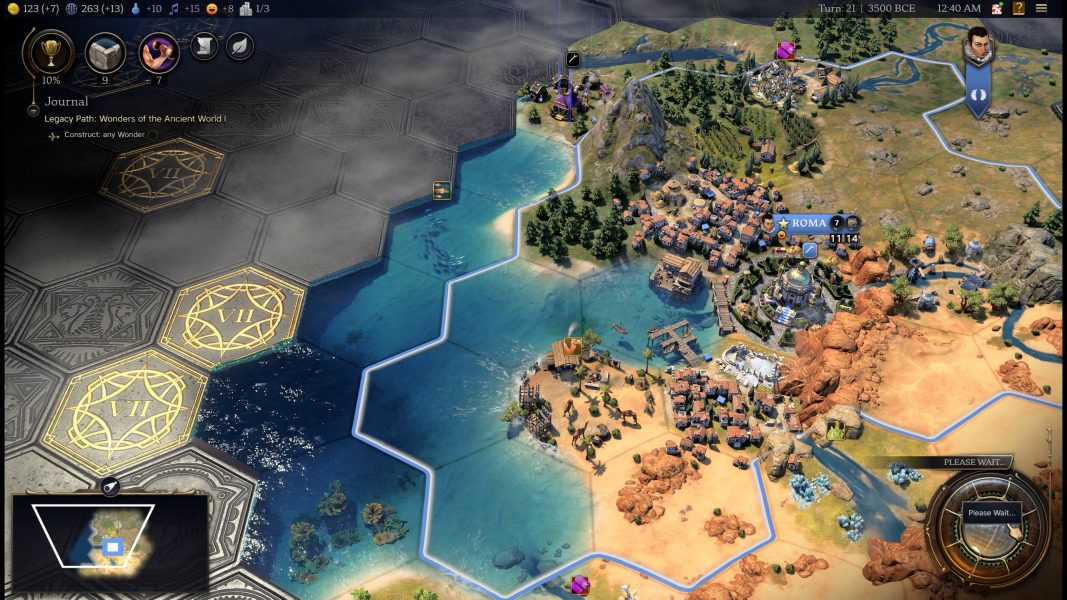2,700-year-old archaeological site in Jordan may be a biblical place visited by King David – Livescience.com

Researchers think they have identified a biblical site known as Mahanaim, along with a residence that may have been used by the kings of Israel.
When you purchase through links on our site, we may earn an affiliate commission. Here’s how it works.
A biblical site visited by the kings of Israel, according to the Hebrew Bible, has been identified in Jordan, researchers claim.The Iron Age site, known as Mahanaim, was a part of the kingdom of Israel (also called the Northern Kingdom). The team also believes they have identified the remains of a building at Mahanaim that was used by elite individuals, possibly even by the kings of Israel.Today, the site that may be Mahanaim is called “Tall adh-Dhahab al-Gharbi,” archaeologists Israel Finkelstein, of Tel Aviv University, and Tallay Ornan, of The Hebrew University of Jerusalem, wrote in a paper published Nov. 20 in the journal Tel Aviv. They based their claim on archaeological remains found at the site and an analysis of the biblical passages that mention Mahanaim.The name “Mahanaim” means “two camps” in ancient Hebrew, and biblical passages suggest it is located beside another site, named Penuel, the researchers wrote in the study. Today, a smaller archaeological site known as Tall adh-Dhahab esh-Sharqi, which may be Penuel, is located near Tall adh-Dhahab al-Gharbi, which may be Mahanaim, they wrote in the paper. Biblical passages suggest that Penuel had a temple, and the remains of a rectangular platform that may be a temple have been found at Tall adh-Dhahab esh-Sharqi.Related: Ancient ‘curse tablet’ may show earliest Hebrew name of GodThe site of Tall adh-Dhahab al-Gharbi was excavated by a German archaeological team between 2005 and 2011. During that time, the German team unearthed the remains of stone blocks that contain a variety of engraved images, including depictions of people playing a stringed instrument called a lyre; a lion, probably from a hunting scene; a date-palm tree; and a person bringing a goat to what seems like a banquet, probably “intended as a food supply to a feast,” according to the new study.In the study, Finkelstein and Ornan said these blocks are likely the remains of a building used by elite individuals.Get the world’s most fascinating discoveries delivered straight to your inbox.The researchers also noted that the style of the engravings is similar to that of murals from the eighth century B.C. at a site known as Kuntillet ‘Ajrud in the northeastern Sinai desert in Egypt. Previous work at Kuntillet ‘Ajrud indicates that the site was controlled by the kingdom of Israel during the eighth century B.C., which suggests the blocks found at Tall adh-Dhahab al-Gharbi also date to the eighth century B.C. and were made by artists associated with the kingdom of Israel.The researchers added that both Mahanaim and Penuel were built by Jeroboam II, a king of Israel who ruled during the eighth century B.C.—20 of the most bizarre stories from the Bible—Ancient Yahweh worshipper’s jar bears Hebrew script in biblical city—Lost biblical tree resurrected from 1,000-year-old mystery seed found in the Judaean DesertThis building may have been used by kings of Israel. Finkelstein noted that stories in the Hebrew Bible mention that an Israeli king named Ishbaal was crowned at Mahanaim and that King David fled to Mahanaim when he was in a war against Absalom, one of his sons. While these biblical stories suggest that a few of the kings of Israel may have visited the building at Mahanaim, ultimately there is “no way to know,” Finkelstein told Live Science in an email.Bartosz Adamczewski, a theology professor at the Cardinal Stefan Wyszyński University in Warsaw, Poland, who was not involved with the study, said he thinks Tall adh-Dhahab al-Gharbi’s proximity to Tall adh-Dhahab esh-Sharqi helps to explain how it got the name “Mahanaim” — two camps.Owen Jarus is a regular contributor to Live Science who writes about archaeology and humans’ past. He has also written for The Independent (UK), The Canadian Press (CP) and The Associated Press (AP), among others. Owen has a bachelor of arts degree from the University of Toronto and a journalism degree from Ryerson University. Medieval crowns of Eastern European royalty hidden in cathedral wall since World War II finally recovered’Huge fortune’ from the 1600s, including gold and silver coins, found in German church where Martin Luther preachedCybertruck-looking ‘mobile aircraft carrier’ developed in China can hide away and launch a 2-person flying carLive Science is part of Future US Inc, an international media group and leading digital publisher. Visit our corporate site.©
Future US, Inc. Full 7th Floor, 130 West 42nd Street,
New York,
NY 10036.



